Home>Garden Essentials>Why Do Buns Have Sesame Seeds


Garden Essentials
Why Do Buns Have Sesame Seeds
Modified: March 24, 2024
Discover the secret of why buns have sesame seeds in your garden. Explore the fascinating history and benefits of this unique topping.
(Many of the links in this article redirect to a specific reviewed product. Your purchase of these products through affiliate links helps to generate commission for Storables.com, at no extra cost. Learn more)
Introduction
Welcome to the wonderful world of buns and sesame seeds! Have you ever wondered why buns are often adorned with those tiny, flavorful sesame seeds? Well, look no further. In this article, we will delve into the fascinating history, culinary reasons, nutritional benefits, aesthetic appeal, cultural significance, and alternative toppings of sesame seeds on buns.
Sesame seeds have been used in culinary practices around the globe for thousands of years. Their versatility and unique flavor make them a beloved ingredient in various cuisines. But how did they end up on buns? Let’s find out!
Stay tuned as we take a journey through time, exploring the historical background of sesame seeds on buns. We’ll also unveil the secrets of their culinary appeal and dive into the nutritional benefits that these tiny seeds offer. Additionally, we’ll delve into the aesthetic appeal of sesame seeds on buns and explore the cultural significance they hold in different societies.
Finally, we’ll discuss alternative toppings for buns, weighing their pros and cons against the classic sesame seed option. Whether you’re a bun aficionado or simply curious about the role of sesame seeds in the culinary world, this article is sure to satisfy your appetite for knowledge.
So, buckle up and get ready to embark on a savory and enlightening journey. Let’s uncover the reasons why buns have sesame seeds!
Key Takeaways:
- Sesame seeds on buns add flavor, texture, and cultural significance. They bring a nutty taste, a slight crunch, and symbolize prosperity and tradition in various cultures.
- While sesame seeds are a classic topping, alternatives like poppy seeds and herbs offer unique flavors and textures. Each option allows for creativity and customization in bun enjoyment.
Read more: Why Do Burger Buns Have Sesame Seeds
Historical Background of Sesame Seeds on Buns
The history of sesame seeds on buns traces back thousands of years to ancient civilizations. The origins can be traced to regions such as the Middle East and Asia, where sesame seeds were highly valued for their culinary and medicinal properties.
Sesame seeds were first cultivated in India around 5,000 years ago and subsequently spread to other parts of Asia. They were believed to have been introduced to the Middle East by traders and eventually made their way into the cuisines of various cultures.
In ancient times, bakers in these regions began incorporating sesame seeds into their bread and buns for several practical reasons. Firstly, sesame seeds act as a natural preservative due to their oil content, helping to extend the shelf life of the baked goods. This was particularly useful in warm climates where spoilage was a concern.
Secondly, sesame seeds added a distinct flavor and texture to the buns. When toasted, the seeds release a nutty aroma that enhances the overall taste experience. The slight crunch they provide is also pleasing to the palate, adding an interesting element to the softness of the bun.
Furthermore, sesame seeds were considered a symbol of prosperity and good luck in many cultures. The inclusion of sesame seeds on buns became a way to enhance the richness and indulgence of the baked goods, making them more desirable and special.
Over time, the tradition of using sesame seeds on buns spread across different continents. It became a distinctive feature of various types of buns, including hamburger buns, hot dog buns, and even traditional Chinese and Japanese steamed buns.
Today, the practice of adding sesame seeds to buns has not only become a culinary tradition but also a way to pay homage to the historical roots of these delicious baked goods. It serves as a reminder of the cultural heritage and the enduring popularity of sesame seeds as a culinary ingredient.
Now that we have explored the historical background of sesame seeds on buns, let’s move on to discover the culinary reasons behind this flavorful tradition.
Culinary Reasons for Adding Sesame Seeds to Buns
There are several compelling culinary reasons for adding sesame seeds to buns. These tiny seeds contribute to the overall flavor profile, texture, and visual appeal of the baked goods, enhancing the dining experience in various ways.
One of the primary reasons for incorporating sesame seeds into buns is the unique nutty flavor they impart. When toasted, the seeds release aromatic oils that enhance the taste of the bun. This adds depth and complexity to the overall flavor, complementing the other ingredients and making each bite more enjoyable.
The texture that sesame seeds bring to buns is another reason for their popularity. The seeds provide a slight crunch, creating a contrast to the softness of the bun itself. This textural interplay adds interest and dimension to the eating experience, making it more satisfying for the palate.
Sesame seeds also contribute to the visual appeal of buns. The tiny, dark-colored seeds create an attractive contrast against the lighter, golden surface of the bun. This visual contrast can make the buns more visually enticing and appetizing, enticing diners to take a bite.
In addition to their flavor and texture, sesame seeds offer practical benefits in baking. The natural oils found in sesame seeds help keep the bread and buns moist, extending their shelf life. This quality is especially valuable when it comes to burger buns or other buns that may need to hold up to juicy fillings without becoming soggy.
Furthermore, sesame seeds are rich in nutrients, including protein, fiber, and essential minerals like calcium, iron, and magnesium. By adding sesame seeds to buns, you can incorporate these healthful elements into your diet without compromising on taste.
It’s important to note that while sesame seeds are a traditional and popular topping for buns, they are not the only option available. Some bakers and chefs have experimented with other toppings such as poppy seeds, flaxseeds, or even herbs and spices like rosemary or garlic, to create unique and flavorful variations.
Ultimately, the culinary reasons for adding sesame seeds to buns are multi-faceted. From flavor enhancement to textural appeal and visual aesthetics, sesame seeds bring a lot to the table when it comes to elevating the overall experience of enjoying buns. Now, let’s explore the nutritional benefits of sesame seeds on buns.
Nutritional Benefits of Sesame Seeds on Buns
Beyond their culinary appeal, sesame seeds offer a range of nutritional benefits when added to buns. These tiny seeds pack a significant nutritional punch, making them a valuable addition to any diet.
Sesame seeds are an excellent source of plant-based protein, making them particularly beneficial for individuals following a vegetarian or vegan lifestyle. They contain all nine essential amino acids, making them a complete protein source that can help support muscle growth, repair, and overall health.
In addition to protein, sesame seeds are rich in dietary fiber. Fiber plays a crucial role in maintaining digestive health, promoting regular bowel movements, and helping to keep you feeling full and satisfied. By adding sesame seeds to buns, you can increase the fiber content of your meal, supporting a healthy digestive system.
These tiny seeds are also an abundant source of minerals. Calcium, iron, magnesium, and phosphorus are just a few of the minerals found in sesame seeds. Calcium is essential for bone health, iron is vital for oxygen transport in the body, magnesium helps regulate blood pressure, and phosphorus is important for maintaining healthy teeth and bones.
Sesame seeds are also a notable source of plant-based fats, particularly monounsaturated and polyunsaturated fats. These healthy fats have been shown to support heart health by reducing bad cholesterol levels and promoting good cholesterol levels.
Additionally, sesame seeds contain antioxidants, such as sesamin and sesamolin, which have been linked to various health benefits. Antioxidants help protect your cells from damage caused by harmful free radicals and may reduce the risk of chronic diseases, such as heart disease and certain types of cancer.
When added to buns, sesame seeds can contribute to a more balanced and nutritious meal. They provide an extra boost of protein, fiber, minerals, and healthy fats, elevating the nutritional value of your bun. Incorporating sesame seeds into your diet can be a simple and delicious way to enhance your overall health and well-being.
Now that we’ve explored the nutritional benefits of sesame seeds on buns, let’s move on to discuss the aesthetic appeal that these tiny seeds bring to baked goods.
Sesame seeds on buns add a nutty flavor and crunch. They also contain healthy fats and minerals like calcium and iron.
Aesthetic Appeal of Sesame Seeds on Buns
One cannot underestimate the visual impact that sesame seeds have on the appearance of buns. Their inclusion adds a touch of elegance and sophistication, making the buns more visually appealing and enticing.
The contrast provided by the tiny, dark-colored seeds against the light hue of the bun creates an eye-catching visual appeal. Whether it’s a fluffy burger bun, a soft hot dog bun, or a delicate steamed bun, the addition of sesame seeds instantly elevates the aesthetic appeal of the baked goods.
The arrangement of sesame seeds on the bun’s surface can also be a work of art. Bakers often carefully sprinkle the seeds, creating an even distribution or a specific pattern that adds a delightful visual element. This attention to detail not only enhances the overall appearance but also demonstrates the craftsmanship and dedication of the baker.
Furthermore, sesame seeds can add a delightful texture to the surface of buns. As the buns bake, the seeds may toast slightly, enhancing their crunchiness. This added texture creates a sensory experience, stimulating not just the taste buds but also the sense of touch, making the act of biting into the bun even more satisfying.
From a culinary standpoint, the presentation of food is crucial, as it can influence our perception of taste and overall enjoyment. The aesthetic appeal of sesame seeds on buns can make the dining experience more pleasurable and enticing, enticing us to savor each bite.
Not only do sesame seeds bring aesthetic value to buns, but they also possess cultural significance in various societies around the world. Let’s explore the cultural importance of sesame seeds on buns.
Read more: Why Sesame Seeds On Buns
Cultural Significance of Sesame Seeds on Buns
Sesame seeds hold deep cultural significance in many societies around the world. The inclusion of sesame seeds on buns is not just a culinary choice but a reflection of cultural traditions, symbolism, and historical practices.
In several Asian cultures, sesame seeds are seen as a symbol of prosperity, abundance, and good luck. They are believed to bring fortune and success, which is why they are often used as a topping for special occasion buns or festive baked goods.
In China, sesame seeds have a long-standing cultural significance. They are associated with longevity and are often incorporated into various traditional dishes. Sesame seed-topped buns, such as mantou or baozi, are commonly enjoyed during significant celebrations and family gatherings.
In Japanese cuisine, sesame seeds, known as “goma,” are widely used as a topping for buns and other dishes. They add a distinctive nutty flavor and are symbolic of harmony and purity. Sesame seed-topped buns, such as the popular goma-daki, are served during festivals and special occasions.
Similarly, in Middle Eastern cuisine, sesame seeds hold cultural importance. They are a common ingredient in traditional bread, such as pita, and are sprinkled on top to enhance flavor and appearance. Sesame seeds are deeply rooted in Middle Eastern culinary traditions, reflecting the rich cultural heritage of the region.
The cultural significance of sesame seeds on buns extends beyond Asia and the Middle East. In North America, sesame seed-topped buns are closely associated with classic fast-food burgers. The sesame seeds add an iconic touch, representing the American culinary heritage and the influence of global flavors.
By incorporating sesame seeds on buns, whether in Asia, the Middle East, or elsewhere, individuals honor their cultural roots and heritage. It’s a way of preserving traditions and passing down culinary practices from one generation to the next.
Moreover, the cultural significance of sesame seeds on buns promotes cultural diversity and fosters appreciation for different cuisines. It allows individuals to embrace and celebrate the unique cultural identities associated with these culinary traditions.
While sesame seeds are undeniably a flavorful and visually appealing addition to buns, it is their cultural significance that truly adds depth and meaning to the culinary experience. Now, let’s explore alternative toppings for buns and their respective pros and cons.
Alternative Toppings for Buns: Pros and Cons
While sesame seeds have long been the go-to topping for buns, there are numerous alternatives that can add a unique twist to your favorite baked goods. Let’s explore some popular options and the pros and cons of each.
1. Poppy Seeds: Poppy seeds are small, round seeds with a mild, nutty flavor. They provide a subtle crunch and a visually appealing speckled appearance to buns. Poppy seeds are often used as an alternative to sesame seeds in baking. However, one drawback is that in some countries, poppy seeds have legal restrictions due to their association with opium, so be sure to check local regulations before using them.
2. Flaxseeds: Flaxseeds are tiny, golden or brown seeds known for their high content of omega-3 fatty acids and dietary fiber. They have a slightly nutty flavor and can be used as a topping for buns. Flaxseeds offer additional health benefits, such as supporting heart health and promoting digestion. However, their texture may become chewy when exposed to moisture, so they may not provide the same mild crunch as sesame seeds.
3. Sunflower Seeds: Sunflower seeds are large, flat seeds with a rich, nutty taste. They can be used as an alternative topping for buns, providing a satisfying crunch and a distinctive flavor. Sunflower seeds are packed with nutrients like vitamin E, magnesium, and selenium. However, their larger size and shape may not evenly distribute on smaller buns, leading to uneven texture.
4. Herbs and Spices: Instead of using seeds as toppings, you can experiment with various herbs and spices to add flavor and visual appeal to your buns. Rosemary, garlic powder, onion flakes, and even chili flakes can impart a burst of flavor and enhance the overall taste experience. The choice of herbs and spices allows for endless creativity and customization. However, it’s essential to strike the right balance to avoid overpowering the bun’s natural taste.
5. Plain or Untopped: Sometimes, the simplicity of a plain bun can be just as appealing and versatile as any topping. It allows the flavors of the accompanying ingredients to shine and can be an excellent choice for those who prefer a more minimalist approach. A plain bun is the perfect canvas for both savory and sweet fillings. However, keep in mind that without any topping, the visual appeal of the bun may be less striking compared to those with toppings.
Ultimately, the choice of toppings for buns depends on personal preference and the desired flavor profile. Whether you opt for sesame seeds or explore alternatives, each option brings its unique pros and cons. Don’t be afraid to experiment and discover exciting combinations that suit your taste buds.
Now that we’ve explored the world of toppings, let’s conclude our journey into the reasons why buns are adorned with sesame seeds.
Conclusion
In conclusion, sesame seeds have a rich history and hold a prominent place in the world of buns. From their historical origins to their culinary reasons, nutritional benefits, aesthetic appeal, and cultural significance, sesame seeds have earned their place as a popular topping for various types of buns.
Their nutty flavor, slight crunch, and visual contrast against the surface of the buns contribute to an enhanced dining experience. Sesame seeds not only add taste and texture but also offer valuable nutrients like protein, fiber, and essential minerals.
Beyond their culinary appeal, the cultural significance of sesame seeds on buns cannot be overlooked. They symbolize prosperity, good luck, and tradition in many cultures, allowing individuals to honor their heritage and celebrate cultural diversity through the simple act of enjoying a bun.
While sesame seeds have long been the classic choice for bun toppings, alternative options like poppy seeds, flaxseeds, sunflower seeds, and even herbs and spices provide opportunities for creativity and customization. Each alternative brings its own unique set of flavors and textures, allowing individuals to explore new combinations and preferences.
Whether you prefer sesame seeds or an alternative, the passion for buns and the joy they bring is universal. From burger buns to hot dog buns and steamed buns, these humble delights have a special place in our hearts and on our plates.
So, next time you take a bite of a bun adorned with sesame seeds or any other topping, take a moment to appreciate the history, culture, flavors, and nutritional benefits that these tiny seeds bring to the culinary world.
Now it’s your turn to indulge in the world of buns and sesame seeds. Enjoy the flavors, savor the textures, and continue to explore the delightful journey of culinary traditions. Happy bun-eating!
Frequently Asked Questions about Why Do Buns Have Sesame Seeds
Was this page helpful?
At Storables.com, we guarantee accurate and reliable information. Our content, validated by Expert Board Contributors, is crafted following stringent Editorial Policies. We're committed to providing you with well-researched, expert-backed insights for all your informational needs.
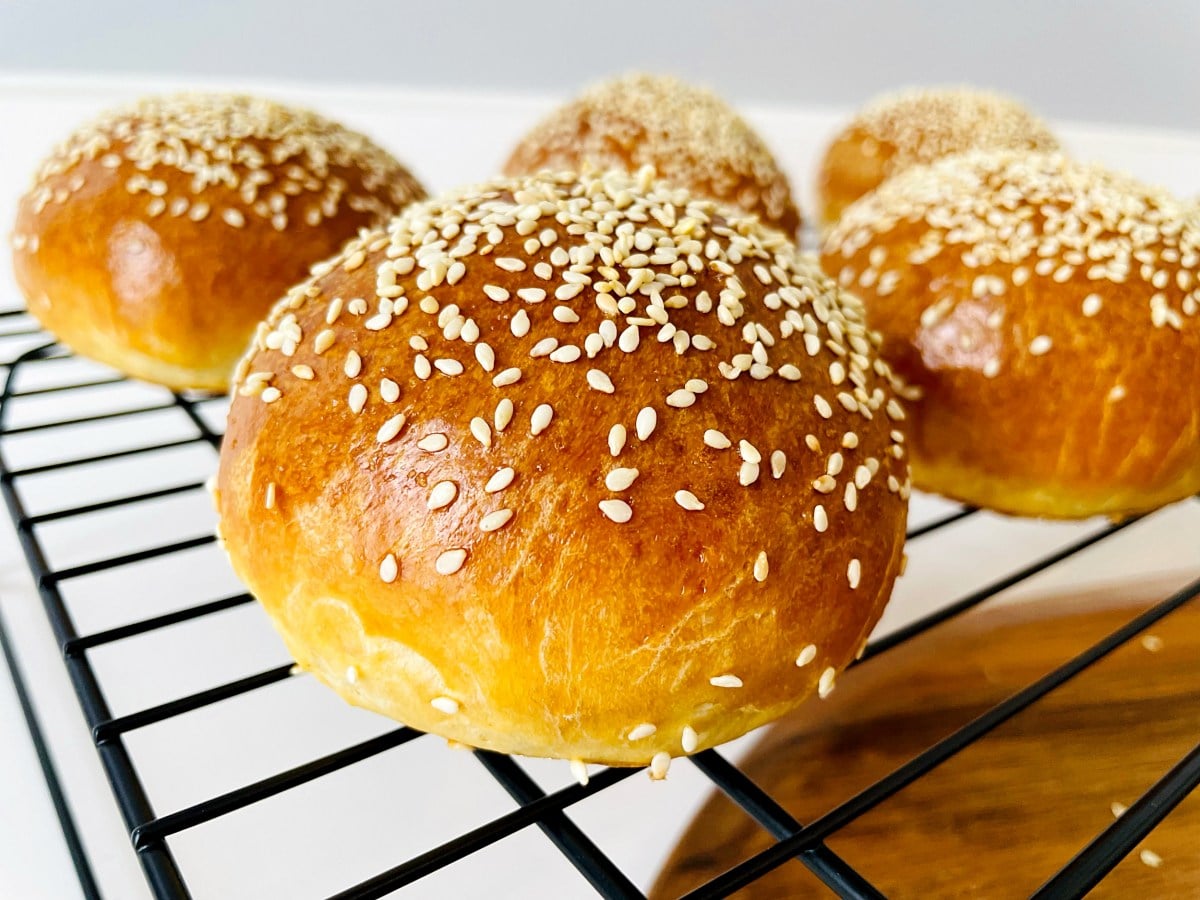
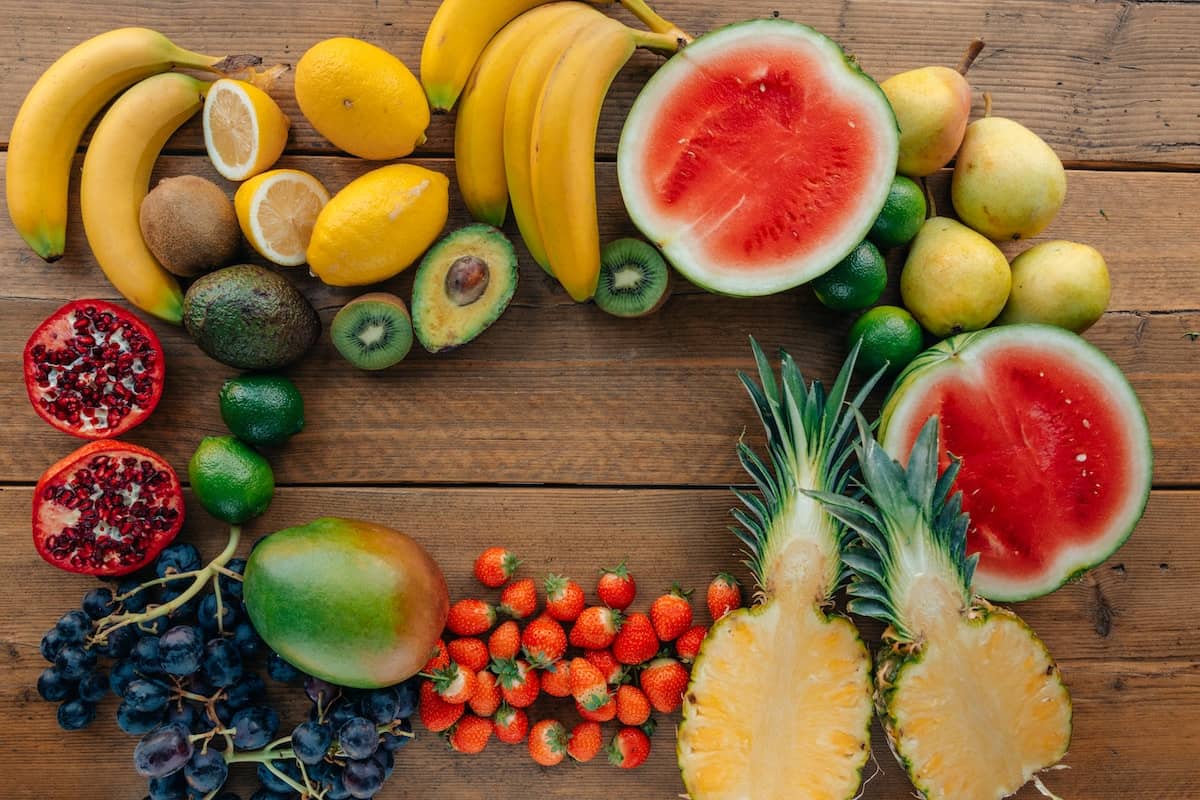
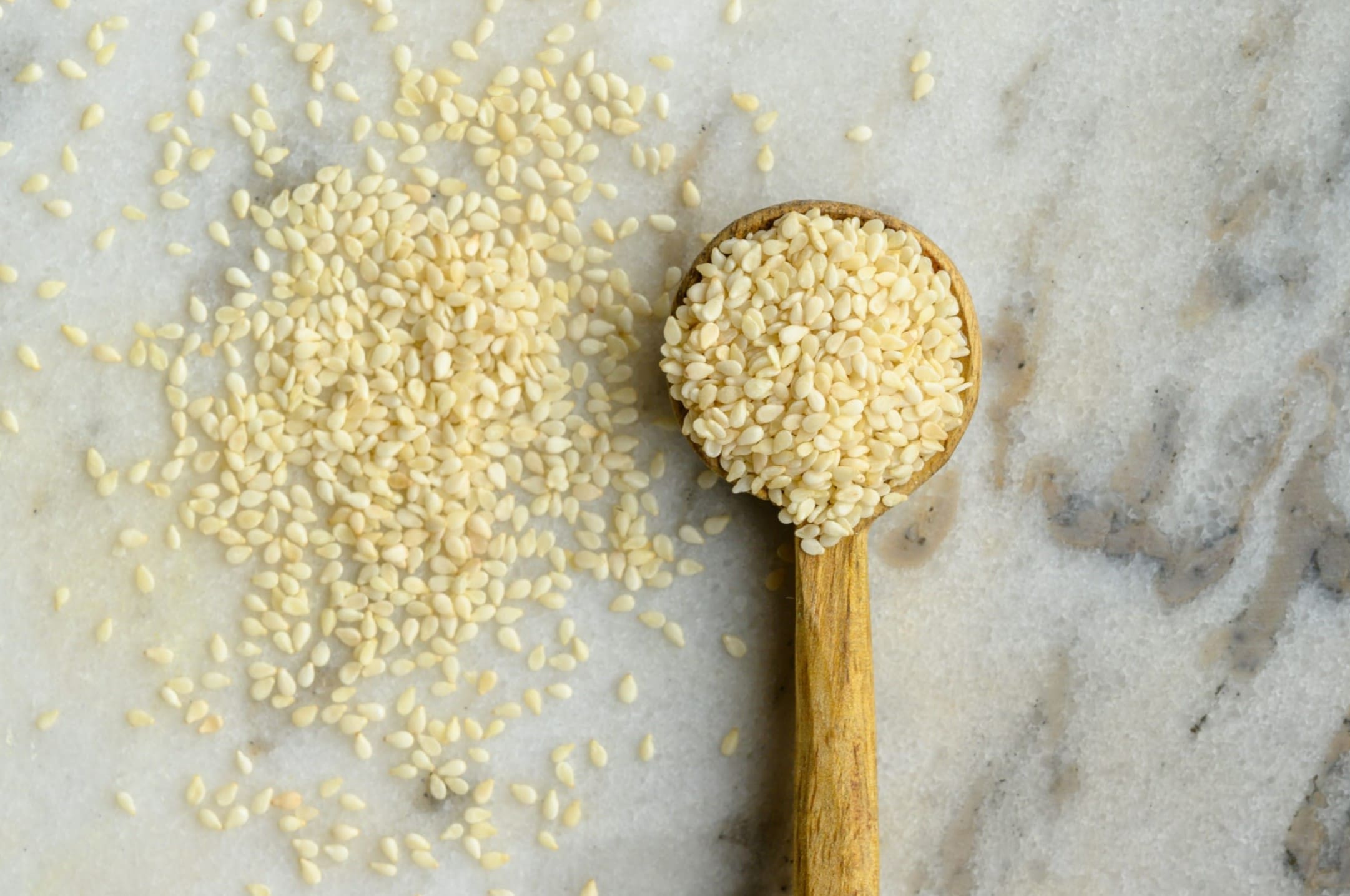
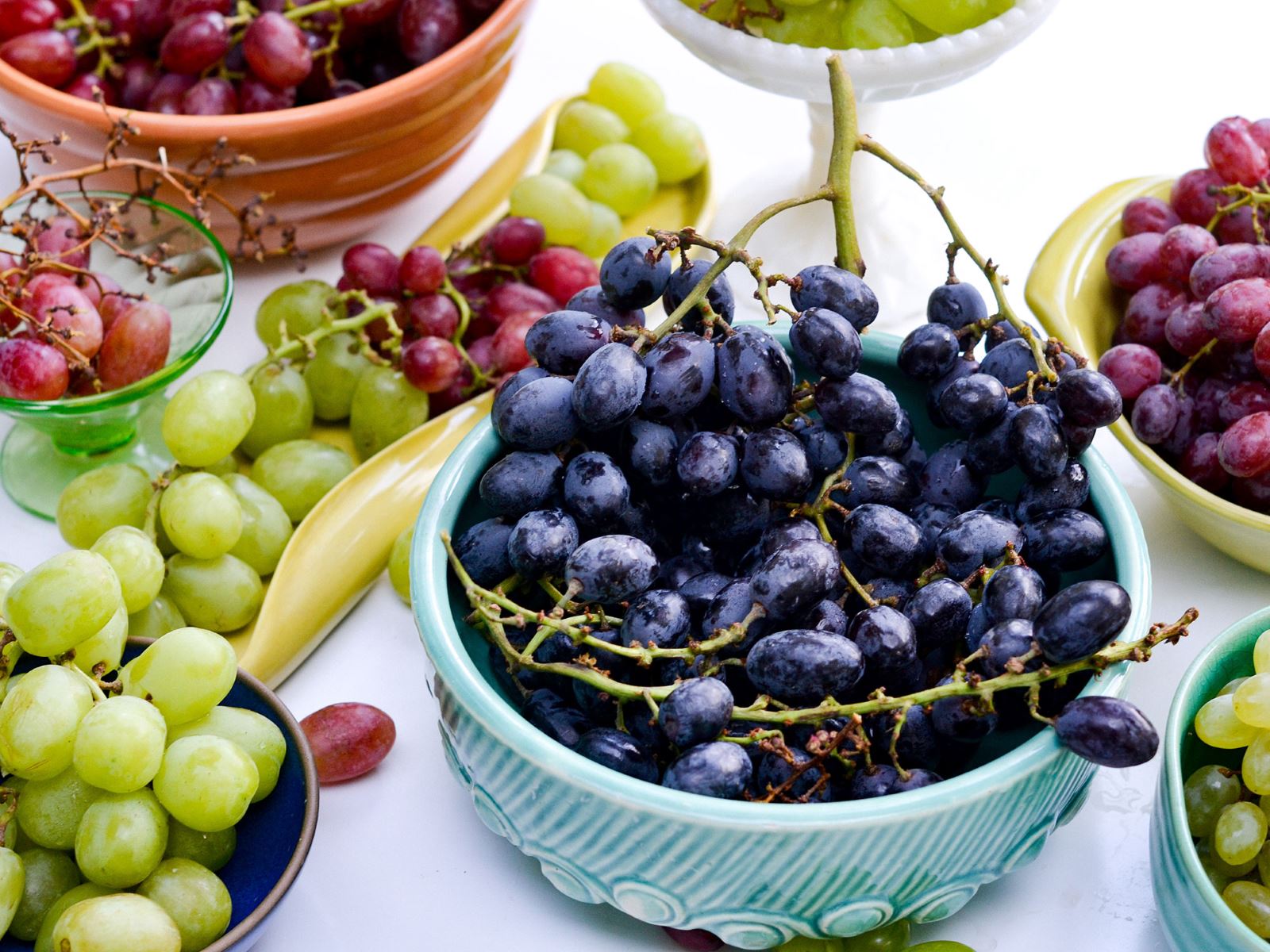
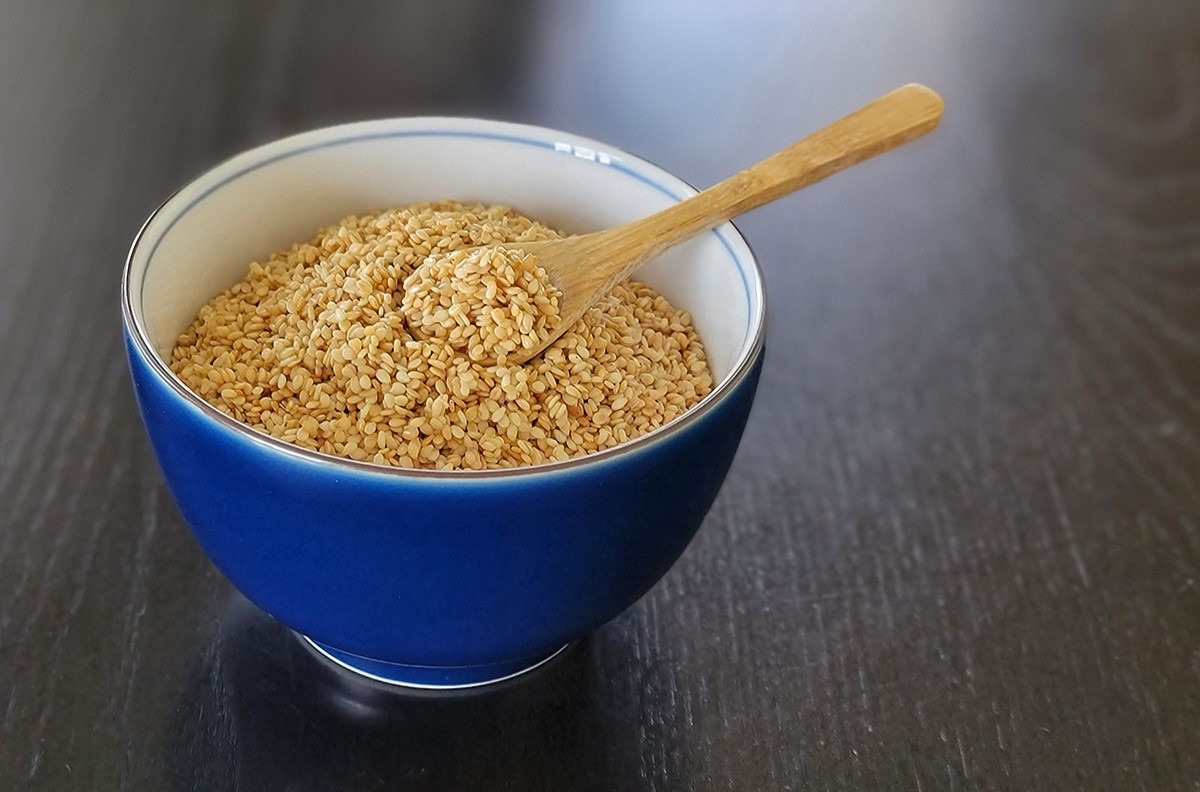
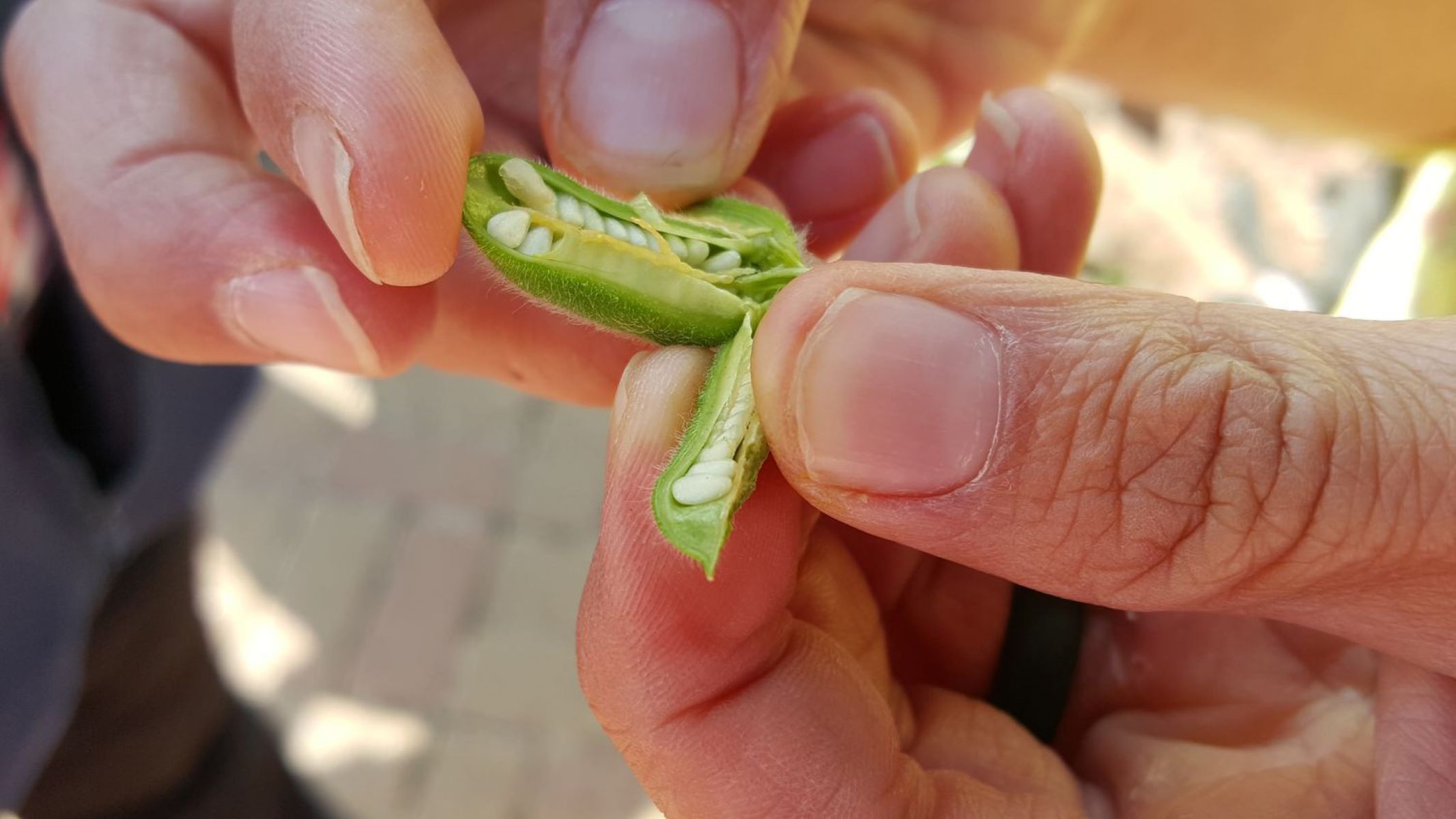
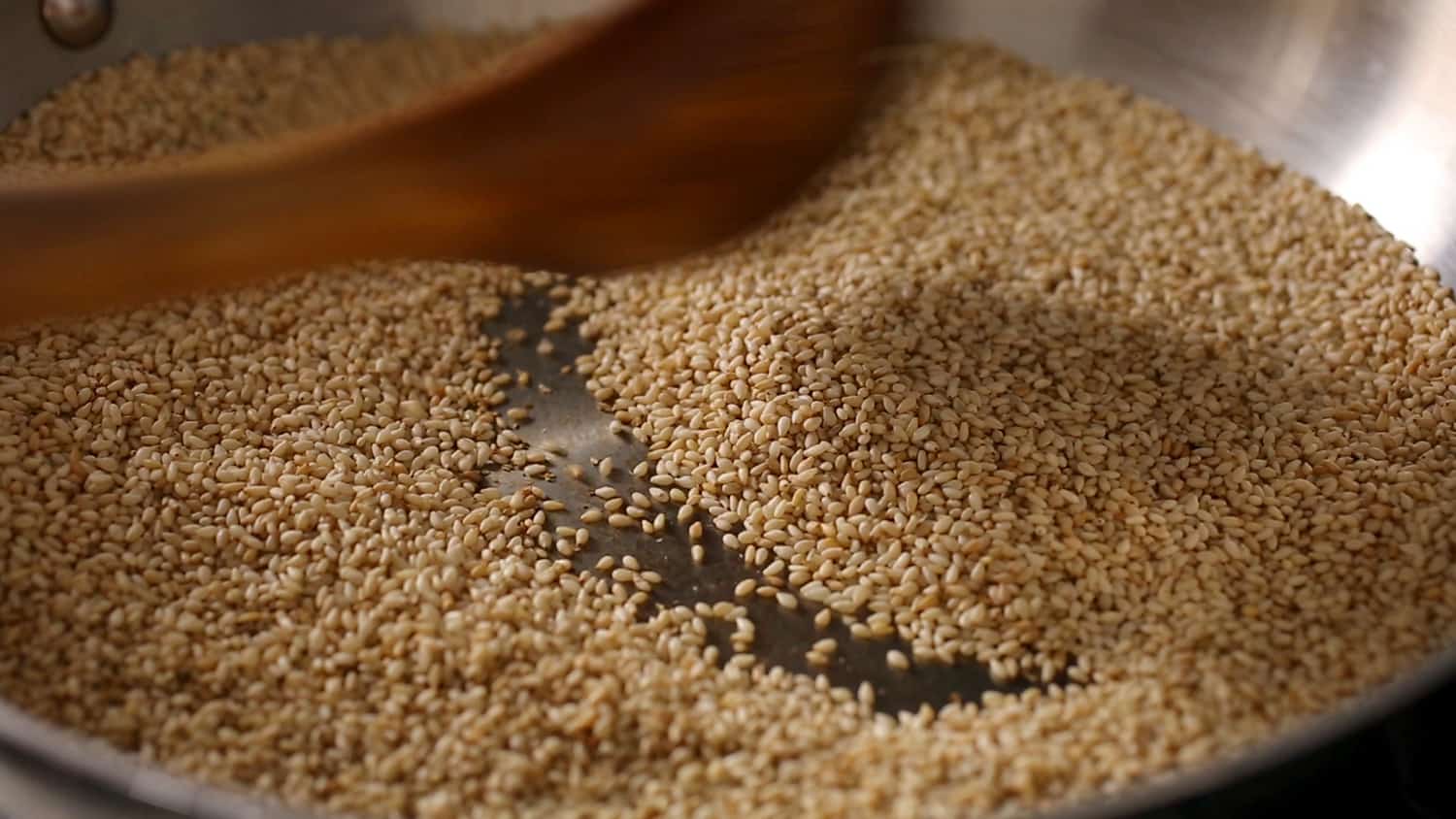
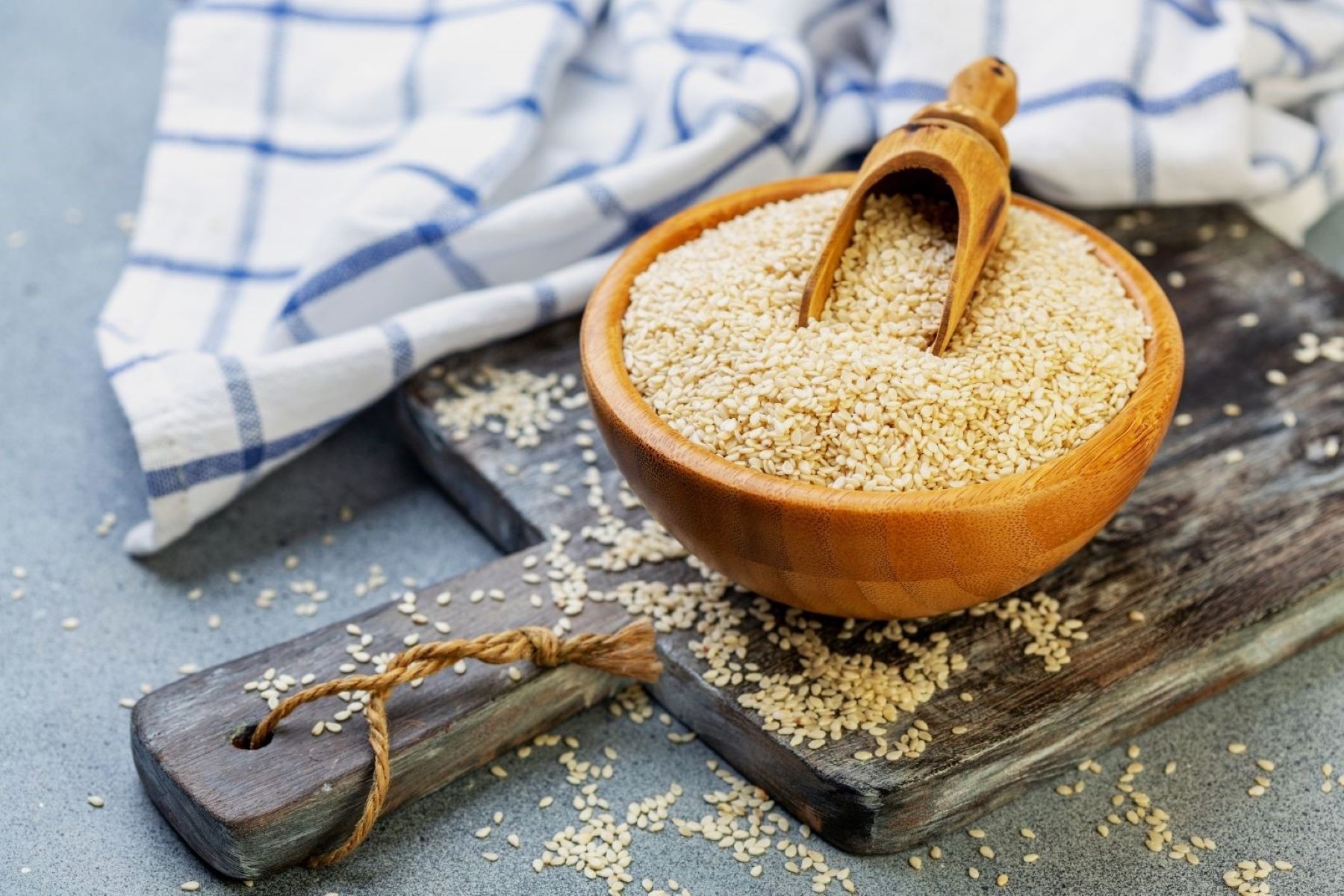
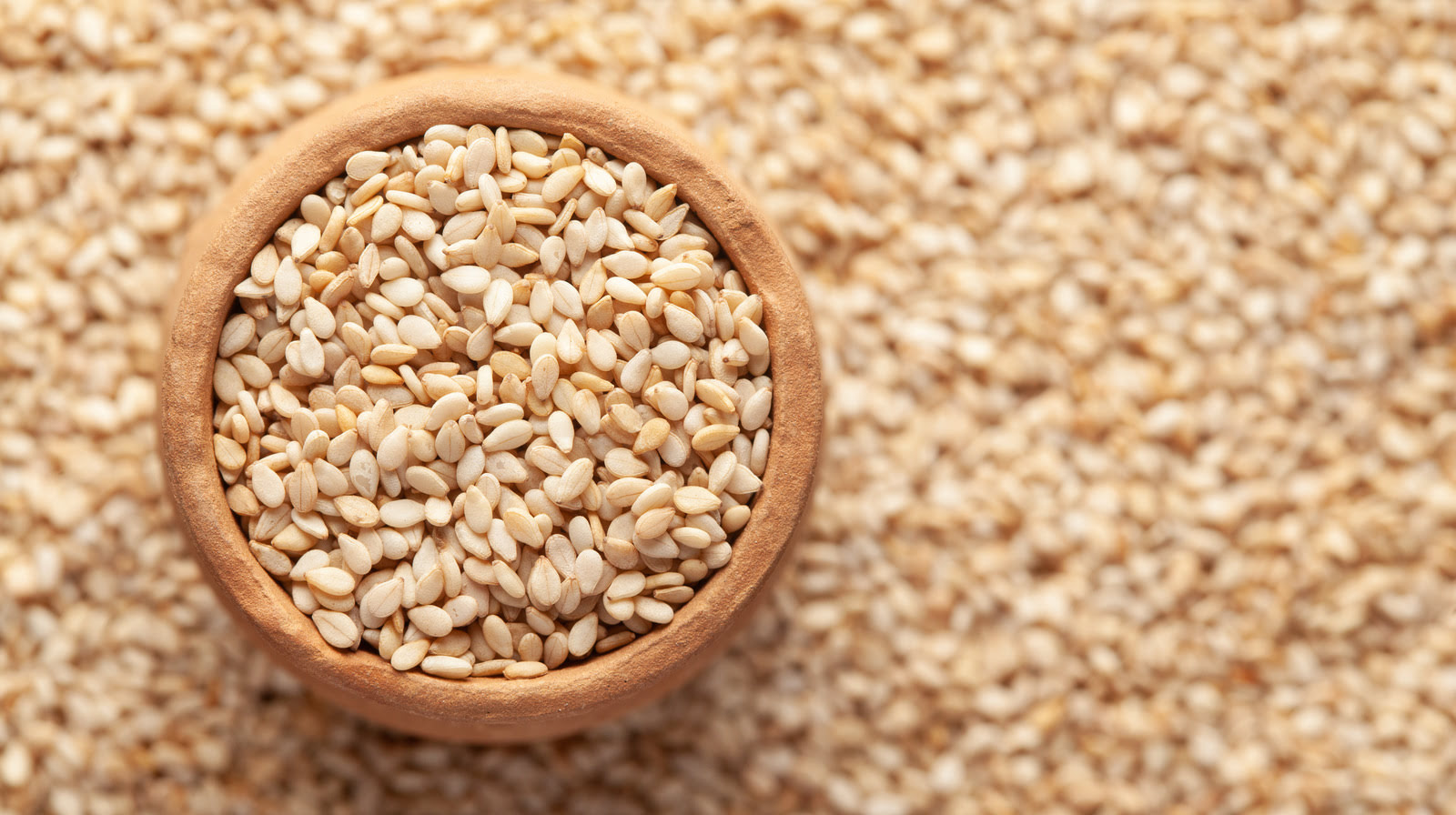
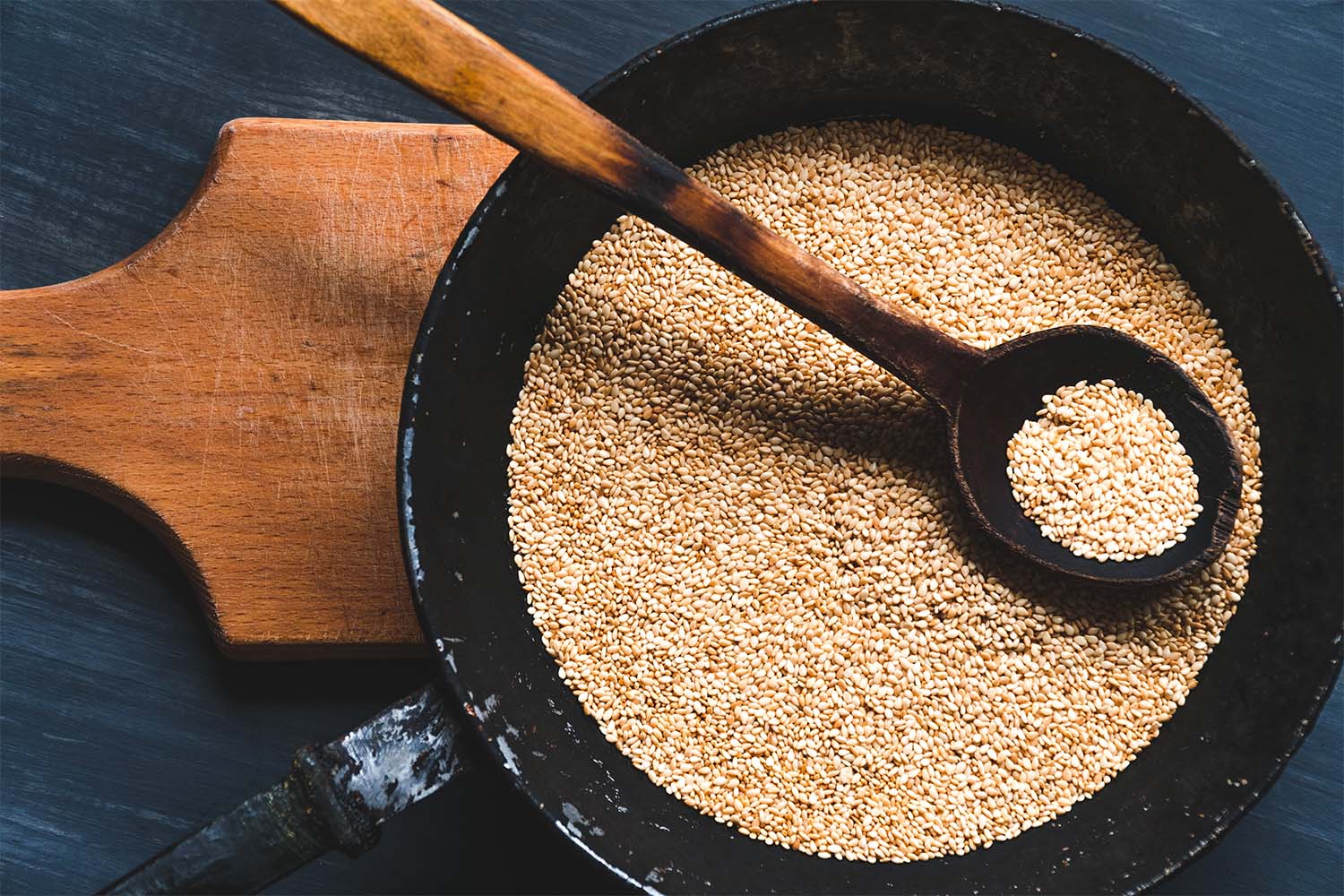
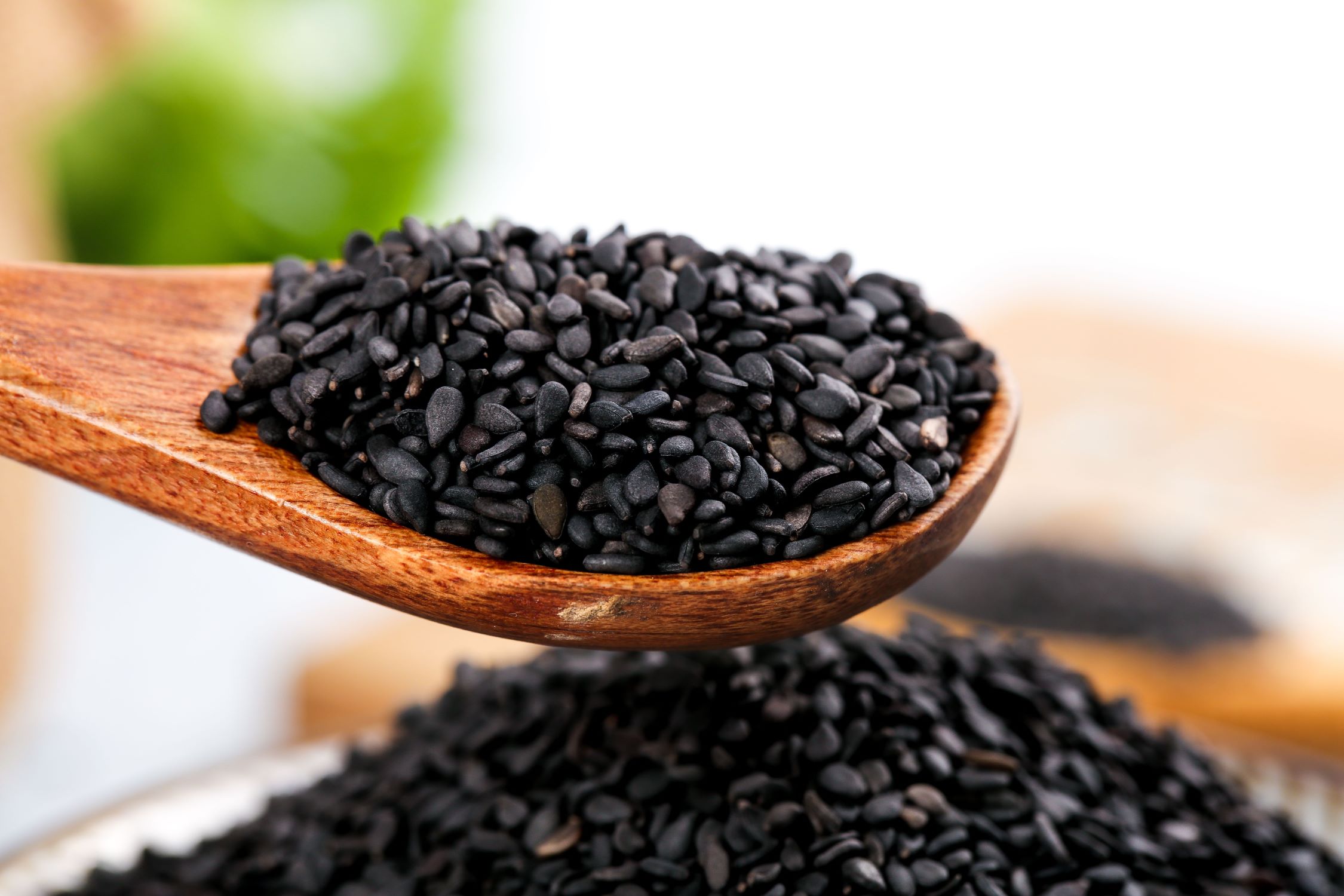
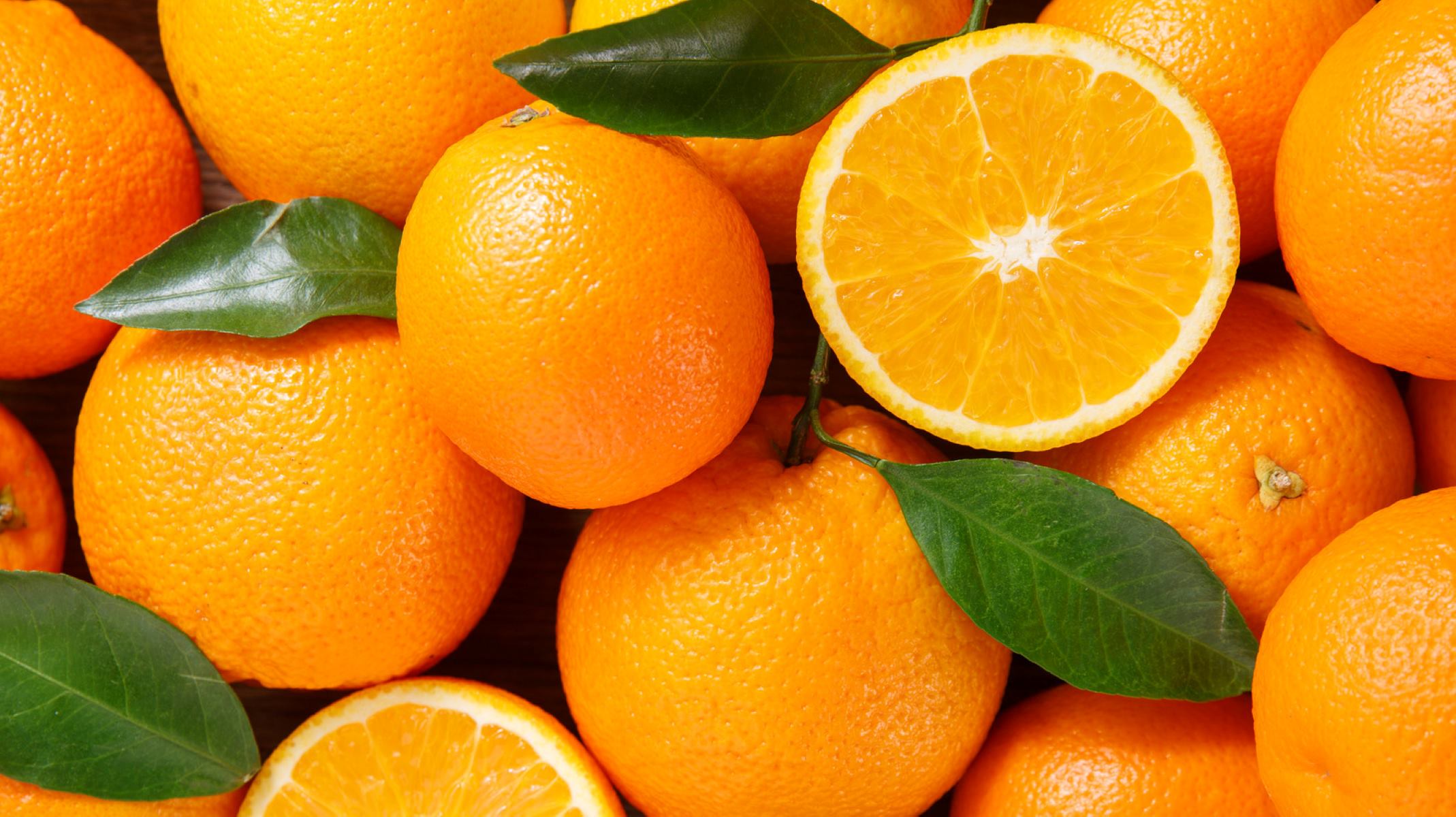
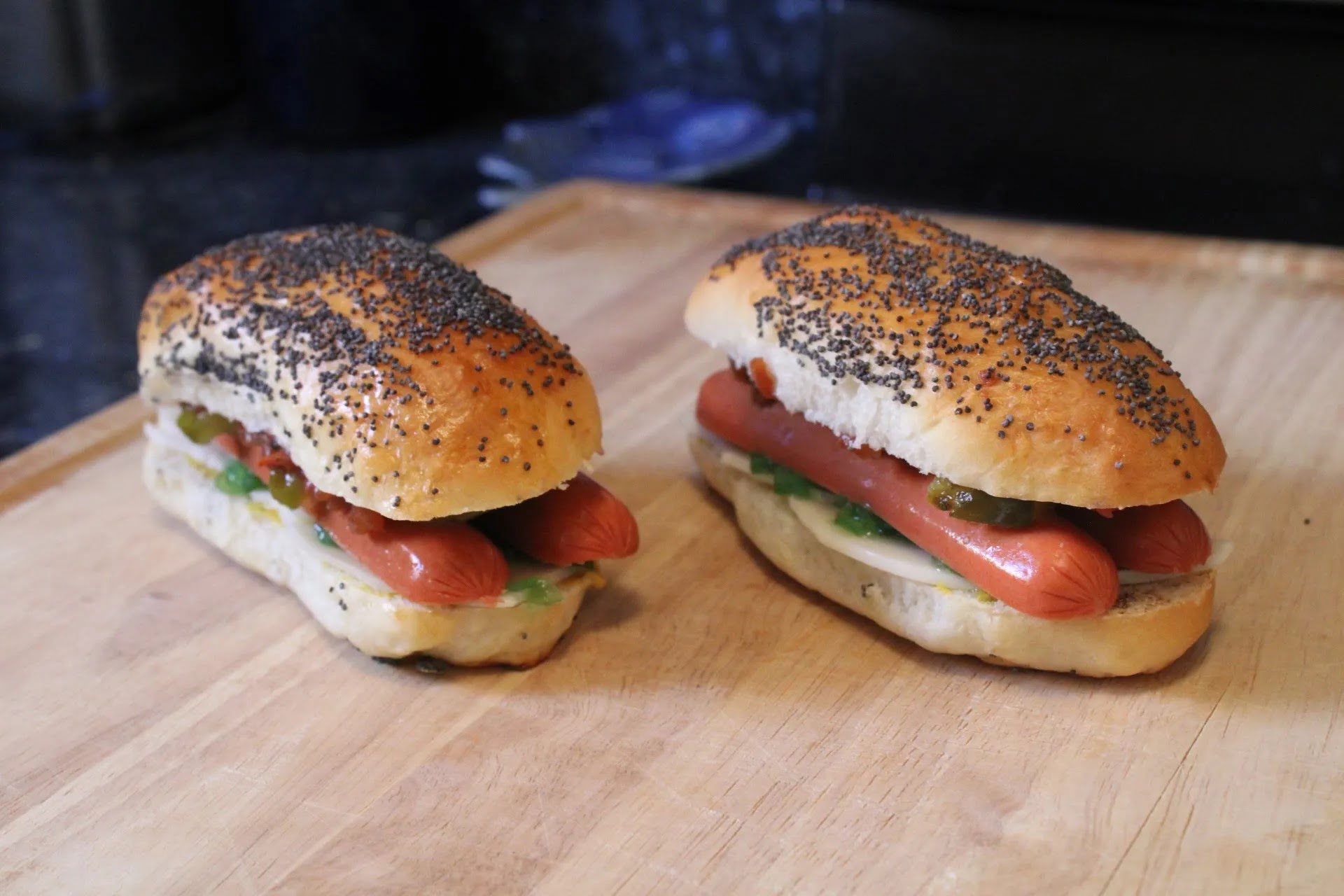
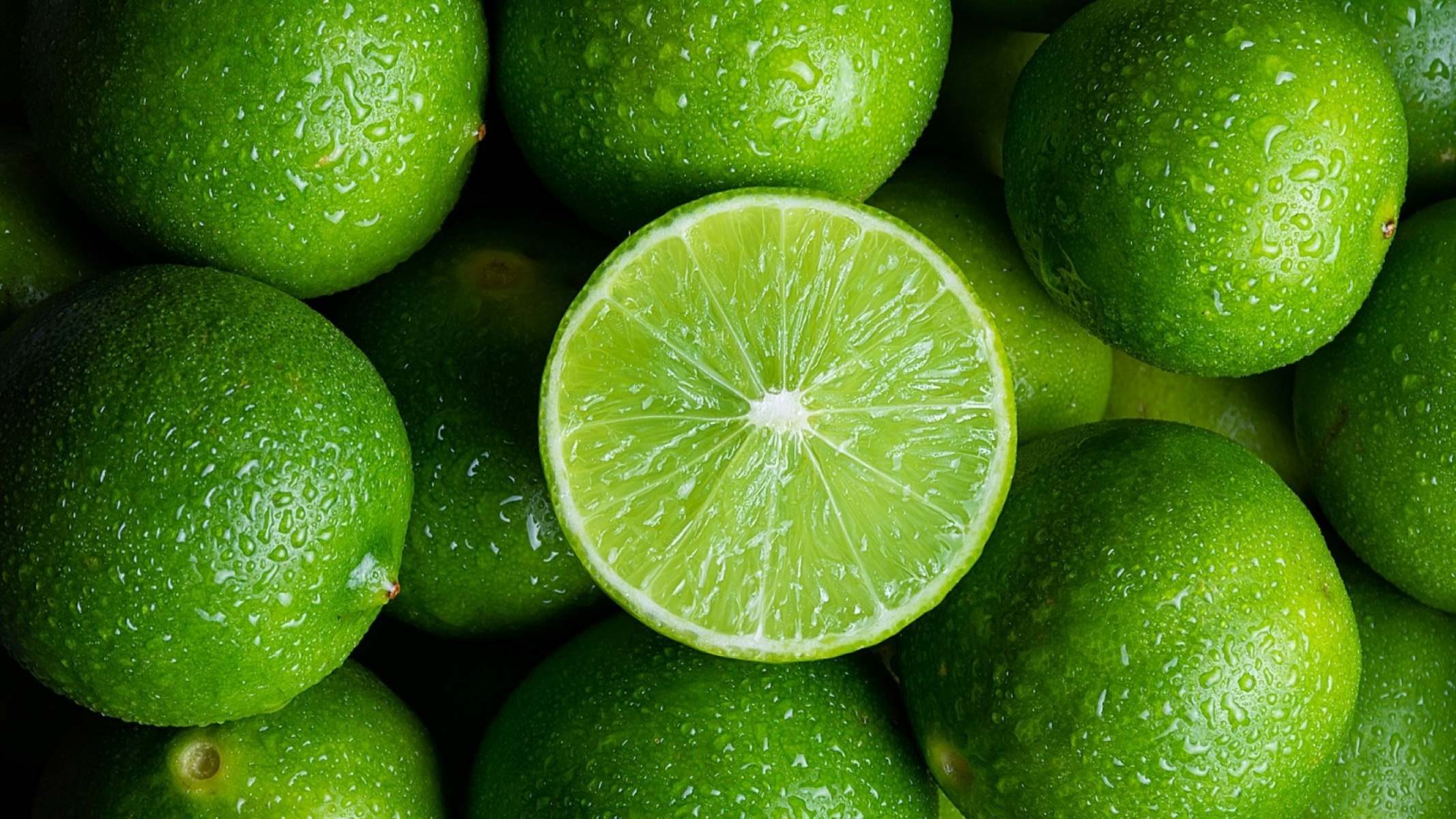

0 thoughts on “Why Do Buns Have Sesame Seeds”